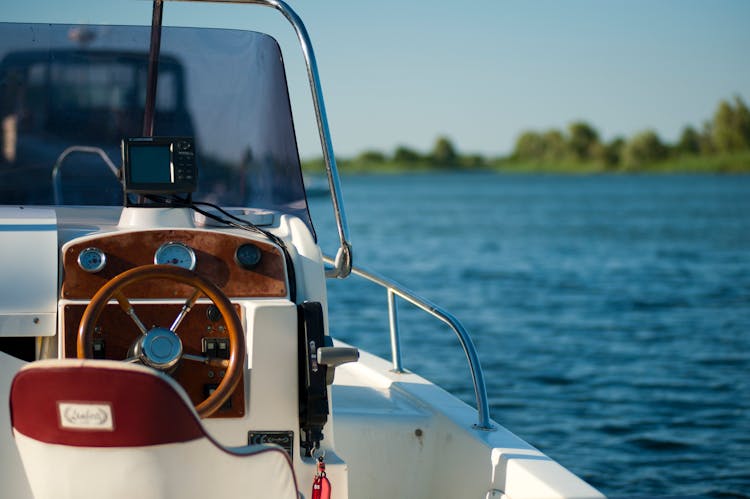All Categories
Featured
Table of Contents
The emergence of sailboats marks a pivotal era in human civilization, significantly easing the movement of people and goods across vast bodies of water. Initially, simple rafts constructed from reeds or logs served the purpose of crossing short distances. However, as maritime trade routes expanded, there was a growing need for more durable and navigable vessels. This necessity led to the innovation of the sailing boat, forever changing the dynamics of international trade.
The earliest documented sails date back to Ancient Egyptians, who utilized papyrus reeds to create sailcloth. These primitive sails enabled them to navigate the Nile, boosting trade and cultural exchange across regions. As maritime activities flourished, sailing technology rapidly diffused across the Mediterranean, reaching the Phoenicians, known for their seafaring prowess, who advanced sailing techniques and developed the first prototypes of the bireme and trireme warships.
The Evolution of Sailboat Design
The design of sailboats has undergone extensive transformation over the centuries. From the rudimentary single-sail boats of ancient times, the advent of multiple-sail designs significantly enhanced a ship's power and maneuverability. The development of the lateen sail by Arabian sailors, allowing boats to sail against the wind, marked a significant leap forward in naval architecture. This technology migrated to Europe, where it was adapted to create the iconic caravel, which famously carried Portuguese and Spanish explorers during the Age of Discovery.
Latter innovations in sailboat design saw the integration of advanced materials and technology, specifically during the 20th century. Developers began to incorporate fiberglass and other composites which revolutionized boat building by offering greater strength and durability while reducing maintenance costs. Furthermore, the application of aerodynamics, starting in the 1920s, led to improvements in sail shapes and rigging designs, optimizing performance and efficiency.
The Social Sailing Scene and Its Clubs
The personal escapade of sailing for pleasure initially was a privilege reserved for royalty and the elite classes. Over time, this elite pastime became accessible to a broader audience, transforming into the popular recreational activity known today. The establishment of the first yacht clubs played a pivotal role in this cultural shift. The Detroit Boat Club, founded in 1839, and the New York Yacht Club, established in 1844, not only promoted yachting but also organized races, which were crucial in making sailing a competitive sport.
Yacht clubs became hubs for innovation and refinement in boat design, often driven by the competitive spirit of races such as the America’s Cup. This prestigious competition was pivotal in pushing technological boundaries in yacht design and remains a key event in the sailing calendar.
Sailing Competitions and Global Races
Sailing boats have not only been a catalyst for maritime leisure activities but also arenas for intense competition. Transatlantic racing pushed sailors and their vessels to the limits, fostering innovations in navigation, safety, and survival equipment. World-record-setting circumnavigation voyages further tested the resilience of sailboats, highlighting both the adventurers' bravery and the vessels' durability.
Smaller vessels, such as dinghies, despite their compact size, have successfully completed grueling voyages, proving that vessel size does not limit the spirit of oceanic adventure. These feats underscore the profound capabilities of modern sailboat design and the enduring human spirit to explore and conquer the vast oceans.
To learn more about the fundamentals of sailing and how to get started, consider exploring A Beginner's Guide to Sailing Websites, which offers invaluable insights for novices.
For further details on different types of sailboats and their specific uses, visit this comprehensive overview that clarifies the various rigging types and hull designs.
How have sailboats impacted global trade and culture?
What are the critical design changes in sailboats over history?

Weekly Roundup
Table of Contents
Latest Posts
Unlocking Stress Relief: How Mindfulness Meditation Transforms Mental Health
Raising the Bar on Customer Interactions at Hamilton Creek
Grand Canyon Exploration: Discover Tours and Must-See Spots
More
Latest Posts
Unlocking Stress Relief: How Mindfulness Meditation Transforms Mental Health
Raising the Bar on Customer Interactions at Hamilton Creek
Grand Canyon Exploration: Discover Tours and Must-See Spots